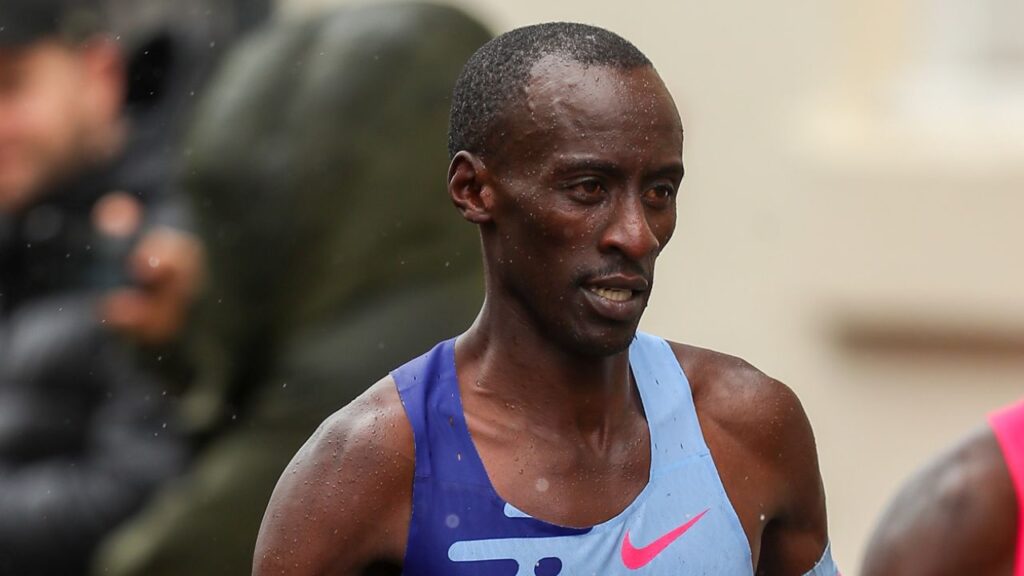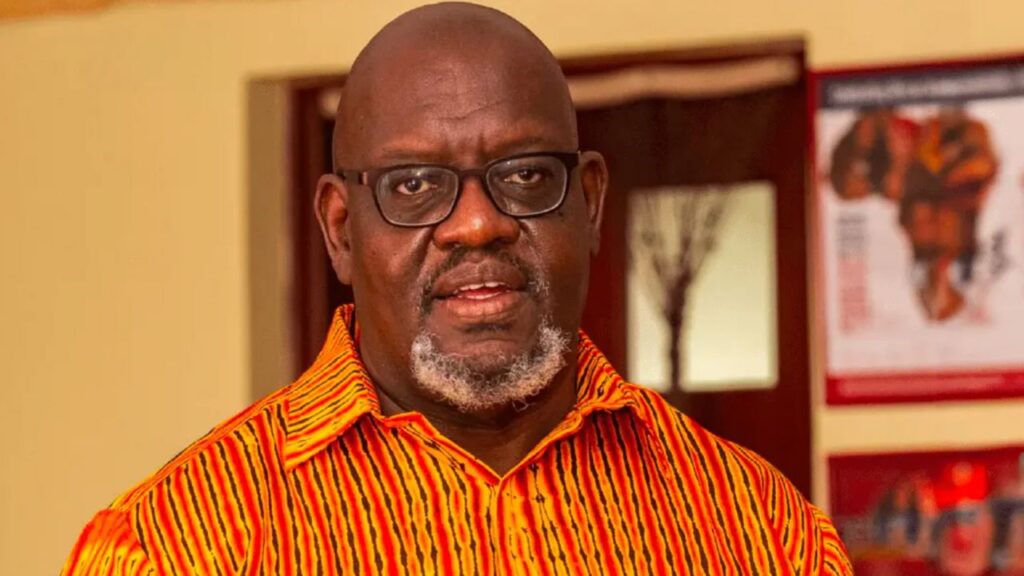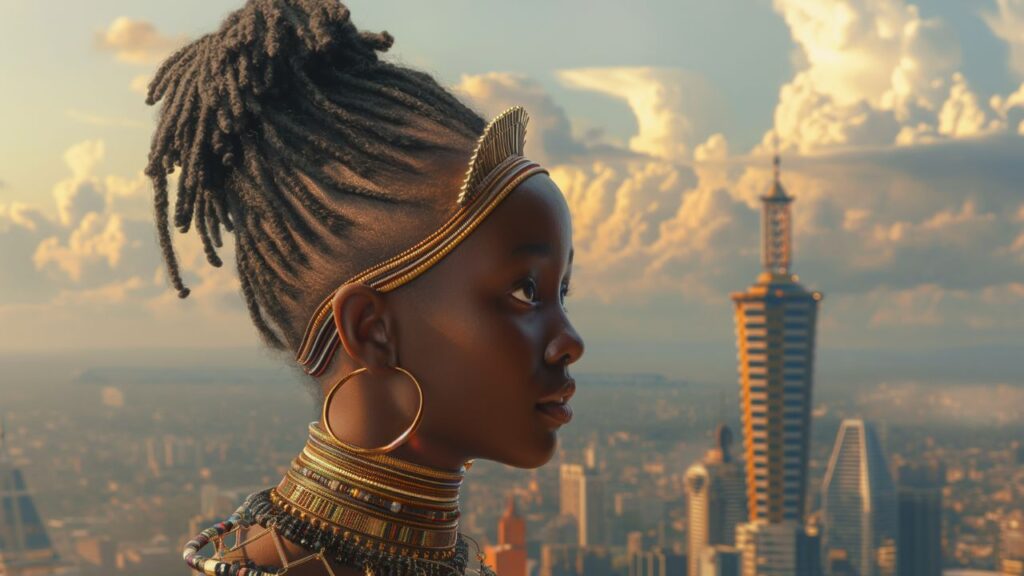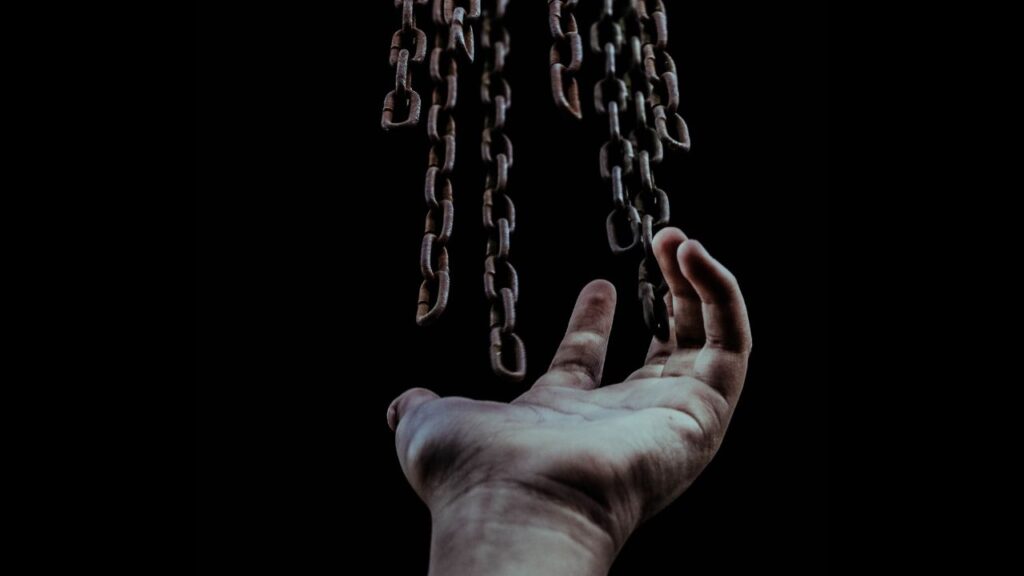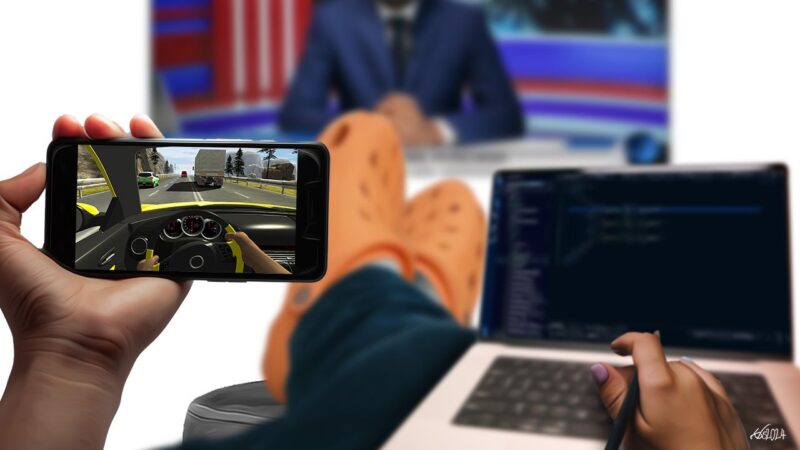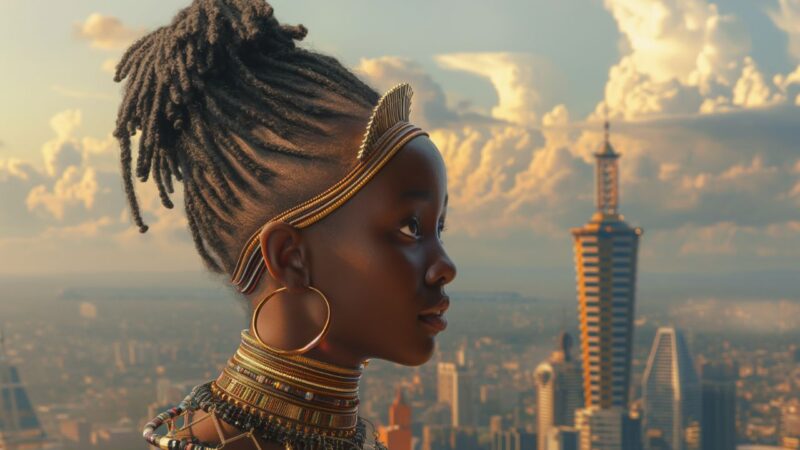This ‘Brazen: Reflections’ series was born out of a desire to continue the conversations springing out of the ‘Too Early For Birds: Brazen’ theatre performance in Nairobi in July 2018. TEFB-Brazen was a mix of straight-up scripted theatre, narration, poetry, music and dance that featured the little-known stories of six fearless women in Kenya’s history – freedom fighters like Field Marshall Muthoni wa Kirima, Mekatilili wa Menza and Wangu wa Makeri; democracy activists Philomena Chelagat Mutai and Zarina Patel and even one iconoclastic yet nameless woman warrior who brought down Lwanda Magere, the legendary ‘Man of Stone’ in Kenyan folklore. The story of each hero was narrated by a corresponding mirror character on stage. The ‘Brazen: Reflections’ series seeks to explore the idea of brazenness, what it means in our daily lives, whom the idea of brazenness privileges or erases, and the place that brazenness has in imagining freedom.
The pain
The morning of 3rd November 2013 is still so clear to me, almost five years later. I remember waking up at 2:11 a.m. in so much pain I could barely stand. I remember waking my husband who was sleeping next to me. I remember how calm his voice when he said, “dress up, let’s go to the hospital”. I remember what I wore – a green dress with black floral patterns. I remember touching my belly and wondering why it felt so hard. I remember my husband driving like a crazy person, ignoring every red light on the way to Nairobi Hospital. I remember how the emergency area of the hospital looked dreary and depressing. I remember the relief I felt when I heard my daughter’s heartbeat but then a twinge of anxiety when the sonographer said her heart rate was higher than it should. I remember the next nine hours clearly, up until noon, when my water broke and I pushed my baby girl into the world. I remember seeing her tiny body on a tray and hearing the doctor say “I am so sorry she didn’t make it”. Then everything from there is a blur.
The people that came to visit us in hospital were very kind, but for the life of me I cannot remember any of the conversations we had. A few pastor friends stopped by and prayed. I had trouble closing my eyes though. I was sure if I closed them, the darkness in my heart would overwhelm me. The only thing I remember about the days that followed is my first shower. I stepped out of my bed, legs shaking and eventually made it to the shower. And I touched my belly and there was nothing where my baby bump had been. And I sobbed in the shower, wishing I could die. But I didn’t. And at first, I was deeply disappointed with God for letting me live. But I went home and experienced so much love from friends and family. I remember Timo and Lo (a couple who lived near us) coming to our house with food. That was the first night I laughed since my daughter died. And my journey of healing began.
Seeing in colour
A month after coming from hospital I wrote about losing our daughter on my blog. I had resigned from my job. So here I was, unemployed, with no baby to look after. The blogpost was my way of trying to understand what had happened to me. Then, I felt, if I just wrote it down, it would stop having so much power over me. And the writing helped. I felt lighter – the kind you feel after a good cry. But soon after I received numerous calls, emails and messages from people who had lost a baby or knew someone who had. I don’t know why I did it but I reached out to these people. Here I was, still raw from pain, listening to other devastating stories of loss. For some reason, holding hands with these parents, crying together and encouraging each other started me on my healing journey. Somewhere along the way my heart was strengthened. At some point I started to see in colour again. And though some nights were long and teary, there was a new hope in my life.
I started Still A Mum officially in October of 2015. It is a not for profit that provides psychosocial support to parents who have gone through miscarriages, stillbirth and infant loss. In the three years I have been doing this I have met over 850 men and women beaten down by the death of their baby. Broken by the lack of support from their family. Angry because of the myths their neighbours have about why the baby died. I have met couples that have lost an eight-week pregnancy and people dismissed their loss and called their baby a “mass of cells” not knowing that they had been trying to get pregnant for six years. I have met university students who were terrified when they found out they were pregnant, and even considered abortion, but decided to keep the baby. Then sadly lost the baby. And this baby, not wanted at the beginning, but loved over time brought them such sadness when they were no more. Every year we plant trees to mark Pregnancy and Infant Loss Day in October and my heart is so full to hear a man tell me, “Thank you for giving us a chance to plant this tree in memory of our baby. This is the first we are speaking about our son since he died.”

Sure, my life took a detour I am so grateful for – from a career in tech to running Still A Mum. Half the time I feel like I have been thrown to the deep end because I am not a counsellor, yet I am here to offer comfort to grieving parents. Of course, I often feel boggled down by the high numbers of pregnancy and infant loss. We are barely scratching the surface and it breaks my heart to know there’s a woman who has lost a baby and has no one to walk with her. Yes, I have missed the glamour of employment life, and the security of a paycheck. But that passes when I meet a mother I have counselled and she’s laughing again. When I run into a mum who tells me that they have recovered from a loss and are even thinking of having a baby again, I get overwhelmed with joy. That’s being Brazen.
***********
The broken health care system
That being said, every day I come face to face with Kenya’s broken health system. Perennially, I see how much more work needs to be done. Did you know that Kenya has 23 stillbirths for every 1000 live births (the rate is 10 for Mauritius and Seychelles, the safest places to have a baby in Africa, and just ten in the US and UK)? Did you know that in Kenya we define stillbirth as the loss of a pregnancy from 28 weeks while developed countries it is from 20 weeks? That means that in those countries a baby born at 21 weeks can make it?
Do you know how many hospitals in Kenya can handle a birth emergency? How many health centers have incubators? Or even a theatre for a basic caesarian section birth? Did you read about the mother who lost quintuplets in Kenya last year? I went to visit her in Oyugis and saw how devastated she was to bury five babies. Five babies! And why? Because she could not go for antenatal clinics because the nurses were on strike, and so assumed she was pregnant with only one baby. On the day when labour started she thought she could handle the birth at home, with a midwife. Until she delivered two babies and the midwife saw there were more. And she was rushed to a hospital in Oyugis where she delivered the other three. Who had to be moved to a hospital in Kisii because the first hospital did not have incubators for the preemies. Eventually because of the movement and the cold the three babies died. And just like that a woman lost five children! That is our health care system.
But that is not what riles me most. I am most angry about how Kenyan hospital staff treats mothers and fathers after the loss of their baby. During the support group sessions I have heard some of the most devastating stories I’ve heard in my life.
I went into labor when I was 23 weeks pregnant. The nurse that came to my bed said “mama, huyu mtoto akizaliwa atakufa tu”. She said that because the baby was too young their chances of survival are almost nil. All I could hear was that “atakufa tu” statement. It was so callous. I didn’t know I would be experiencing a lot worse. As soon as I pushed the baby out, the midwife lifted my son and threw him in the trash can as I watched. Soon after, I started to throw up because my blood pressure was really high. Without missing a beat, the midwife handed me the trash can she’d put my baby in so I “stop messing her floor”. Can you imagine how I felt throwing up on my baby?! I had nightmares for months. – Joan*
I lost my baby at 36 weeks of pregnancy. My daughter died in my womb about 24 hours before I came into hospital. “Mama, hapa hakuna heartbeat” The sonographer said while staring at the monitor. Then I was sent to the maternity ward and nobody explained anything. I just saw nurses setting up the drip and putting it in my hand. A few hours later I went into labor. After delivery when I asked if I could see my girl I was asked why I would want to see a dead child. Then I spent the night in the maternity ward – I could not sleep hearing all the babies crying yet mine was dead. It was the most traumatizing thing I’ve ever gone through. I demanded to be discharged the very next day. – Ruth*
I stayed in Newborn ICU (NICU) with my son for 6 weeks. Every day was fighting a new battle. Some days were good, some were tough. One day he’d be doing well the next he’d be fighting a new infection. Because of the bill that had already accumulated my husband and I had decided I would be commuting instead of sleeping in the ward. Most days I just slept in the car. Six weeks in I was exhausted both physically and mentally. I had cried until I didn’t think I had more tears. I had prayed, desperately asking God to take my life instead and spare my son. I didn’t know if I could take more bad news. Then on Thursday May 4th 2017 I walked into NICU and saw a group of doctors and nurses surrounding my baby trying to resuscitate him. Not more than five minutes after I walked in, the machine stopped beeping. Immediately they set my son aside and put another baby into the incubator. They didn’t even wrap him up. They just left him there naked and cold. – Cynthia*
I hear these stories so often and each time it breaks my heart. I meet women who doctors have ignored their calls for help, or the midwife disregarded information they gave that would have saved their baby’s life. I listen as fathers narrate how they paced the corridors outside the theatre only to be told their babies died. And how painful it was for them to break the news to their wives. Our bereavement care is almost non-existent. Our health care is totally devoid of compassion. Medical practitioners leave medical school knowing how to diagnose a patient’s illness and prescribe medicine. They know how to conduct difficult surgical operations. But they are caught flatfooted when they have to break bad news to a patient. They are devoid of empathy. And I understand that most are overworked and already doing more than is required, but a little compassion is required. Saying “I am so sorry for your loss” goes a long way.
I know we can do better. The situation definitely feels bleak but we can start to fix it. Every day we can change systems that don’t work and introduce some new ones that do. Every day we can get feedback from patients and see ways to improve. We don’t have to have world-class facilities to start seeing change – we can be more compassionate and humane and not belittle the loss of a baby. We can start where we are and visit a bereaved parent. And hug them. That’s Brazen.


